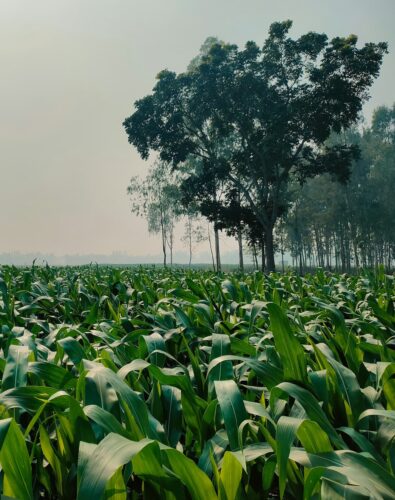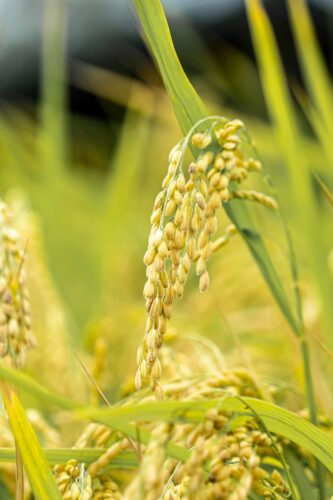
Nutritional Diseases Ocean / Marine Degradation
The contribution of aquatic foods to human nutrient intake and adequacy in a small island developing state. Nature.
Using national survey data from Kiribati, this study reveals aquatic foods are primary nutrient sources on small island developing states, providing most vitamin B12, protein, and iron.
• Research & Reports




